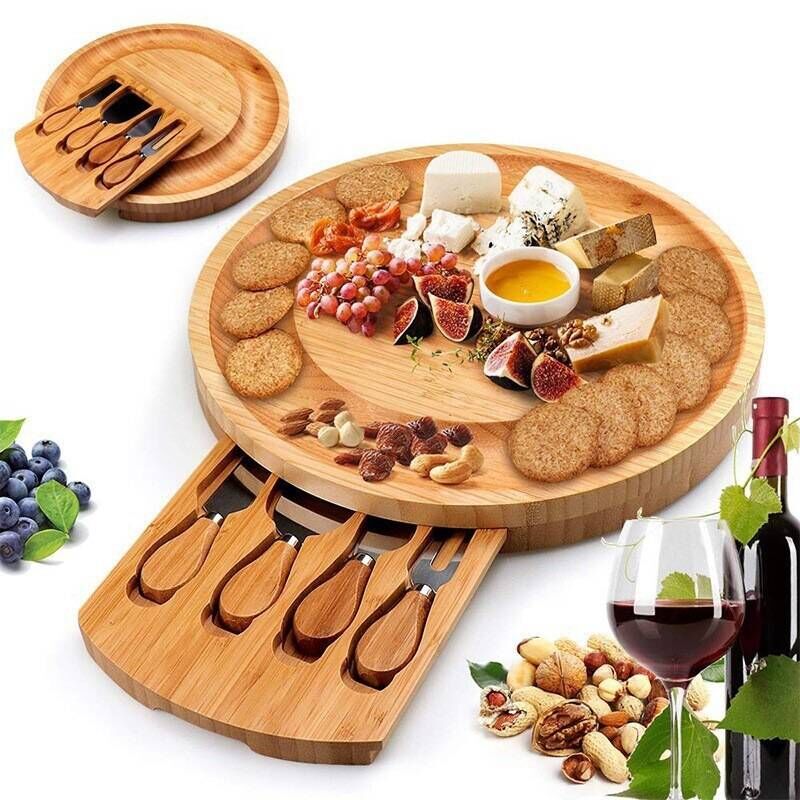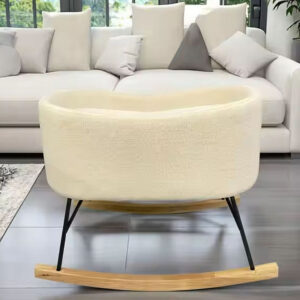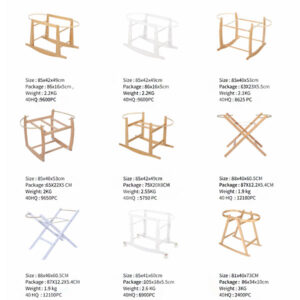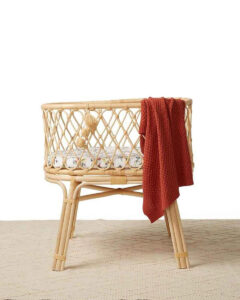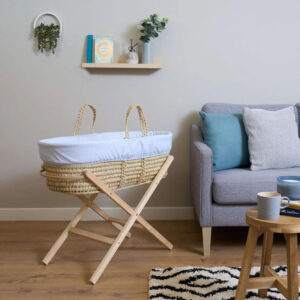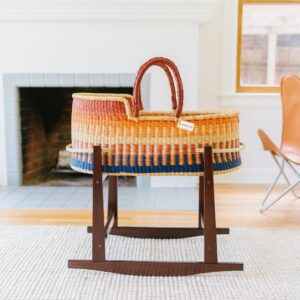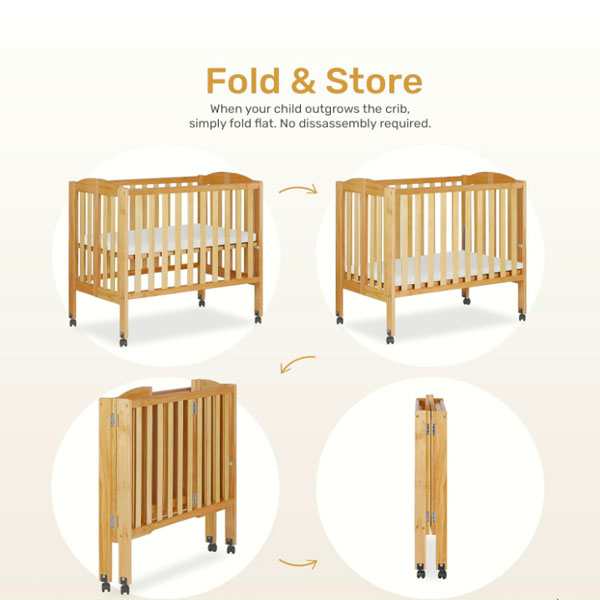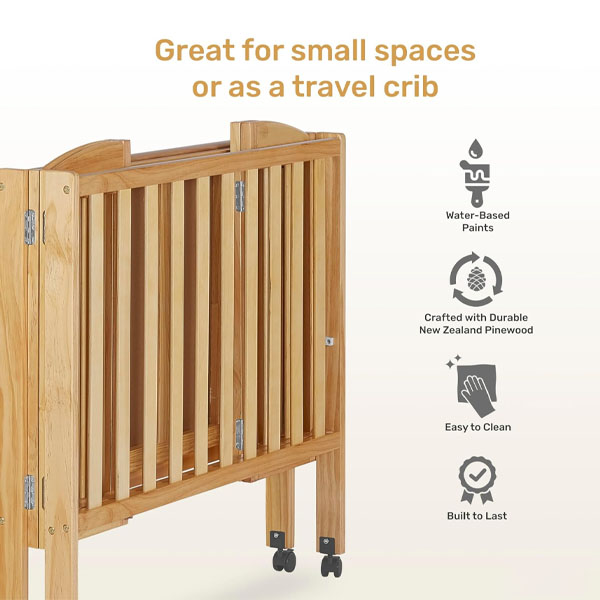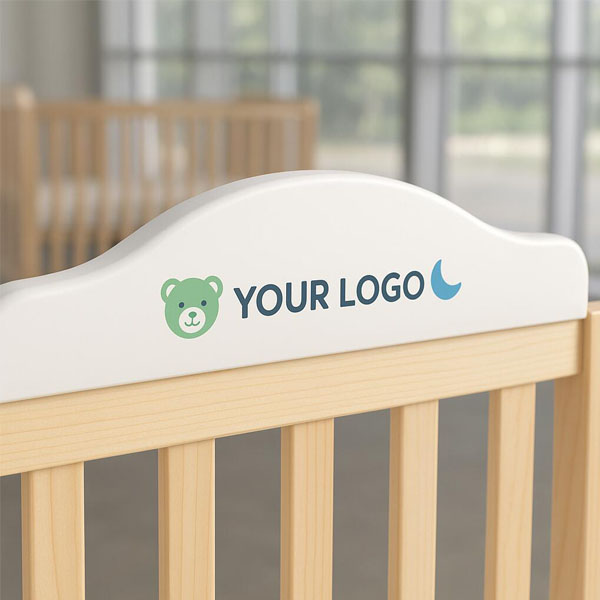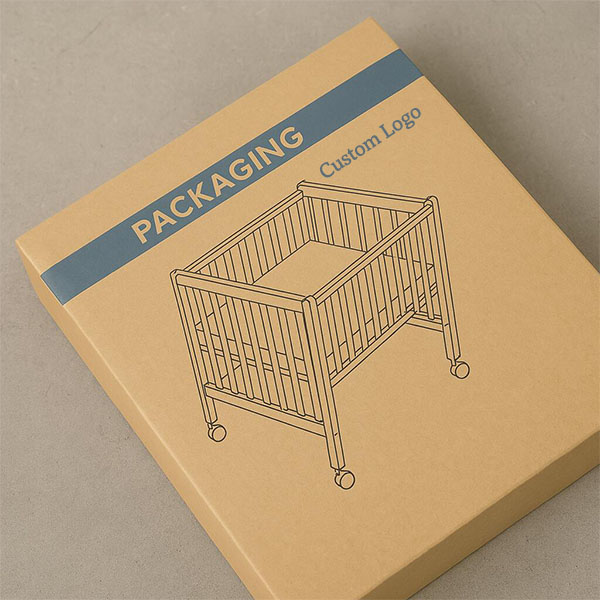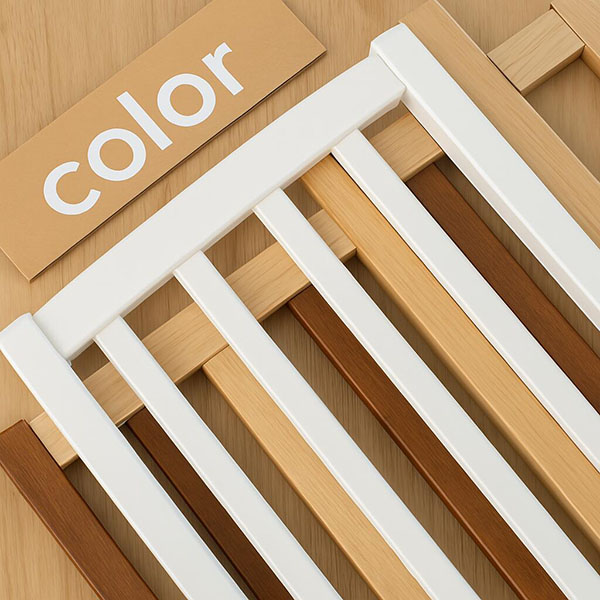What are the materials used for cheese boards?
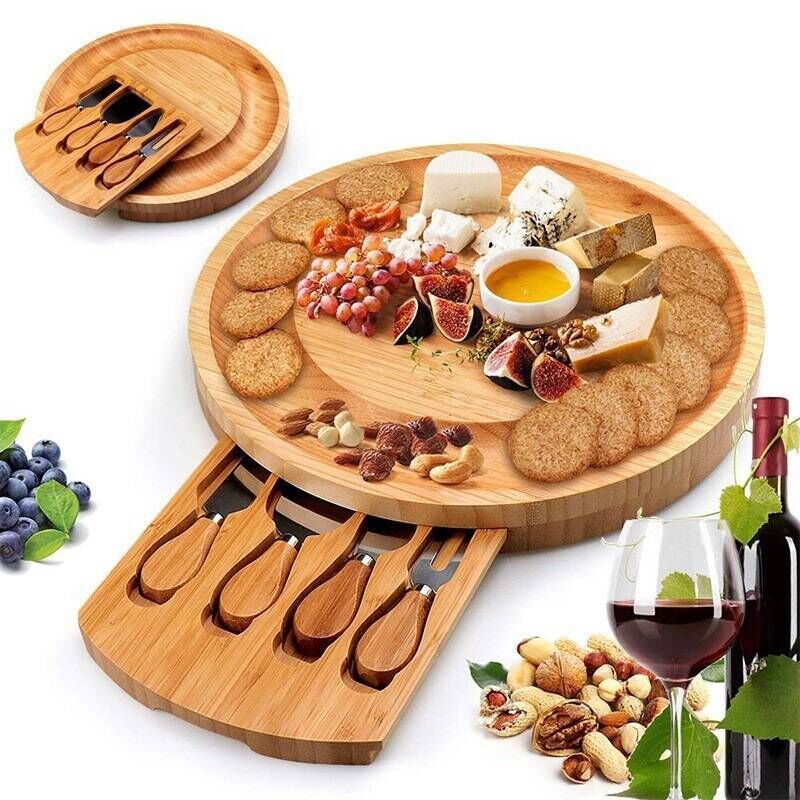
-
Wood: Popular choices include maple, walnut, cherry, bamboo, and acacia. Wood is favored for its natural beauty, durability, carving options, and knife-friendly surface that prevents dulling. Regular oiling is required to maintain its condition and prevent cracking or warping.
-
Marble: Known for its elegance and cool surface, marble is perfect for serving soft cheeses and keeping them at an ideal temperature. It’s easy to clean but can be heavy and prone to chipping. It’s also less knife-friendly compared to wood.
-
Slate: Offers a modern, rustic look with a dark surface that makes cheeses and accompaniments stand out. It’s durable and easy to clean but can be brittle and may require gentle handling.
-
Glass: Often colored or decorative, glass boards are easy to clean but can be slippery and harsh on knives. They’re best used for display rather than cutting.
-
Acrylic: Lightweight and available in various colors, acrylic boards are easy to clean and maintain. However, they’re less durable and may show knife marks over time.
-
Stone: Similar to marble, stone boards like granite offer a cool surface and aesthetic appeal but can be heavy and brittle.
-
Bamboo: An eco-friendly option, bamboo is durable, knife-friendly, and resistant to moisture. It’s softer than hardwood, so it may show wear over time.
-
Plastic: Affordable and easy to clean, plastic boards are practical but less aesthetically pleasing and can dull knives over time.
The choice of material depends on personal preference, intended use, and maintenance willingness. Wood remains the most popular for its balance of functionality, beauty, and tradition.

